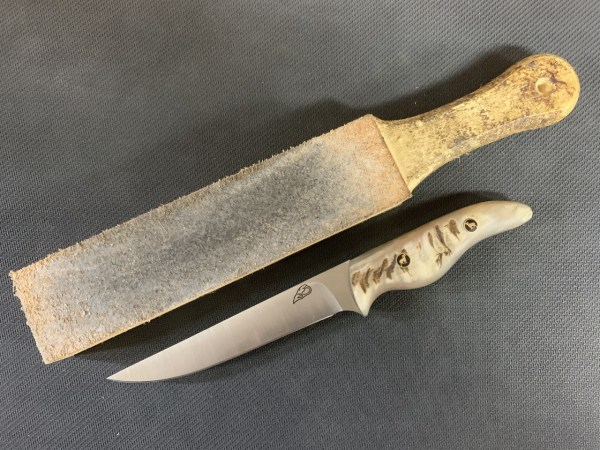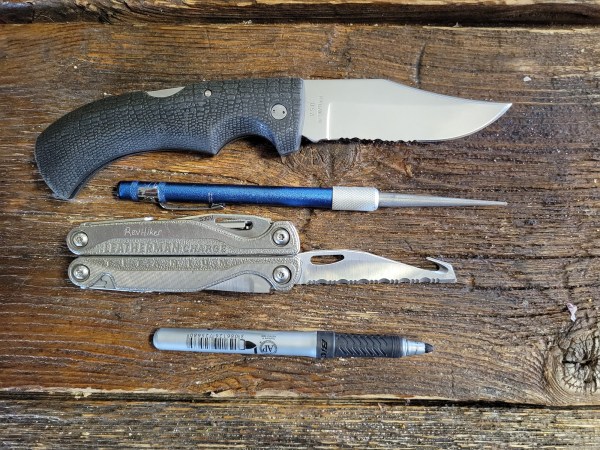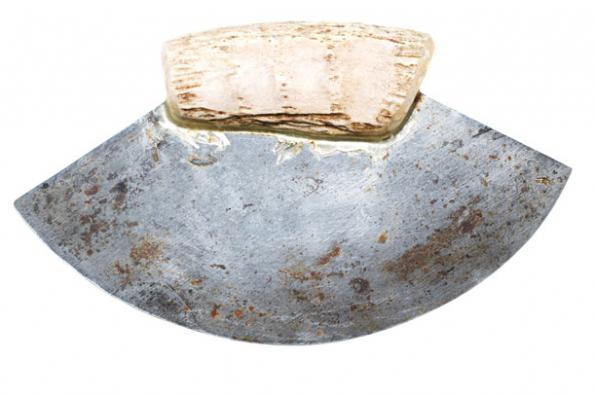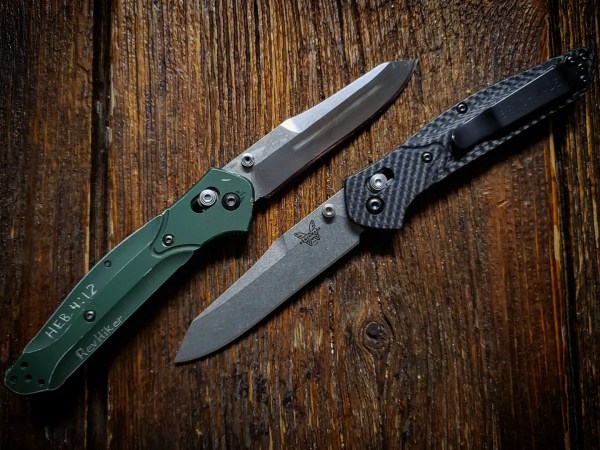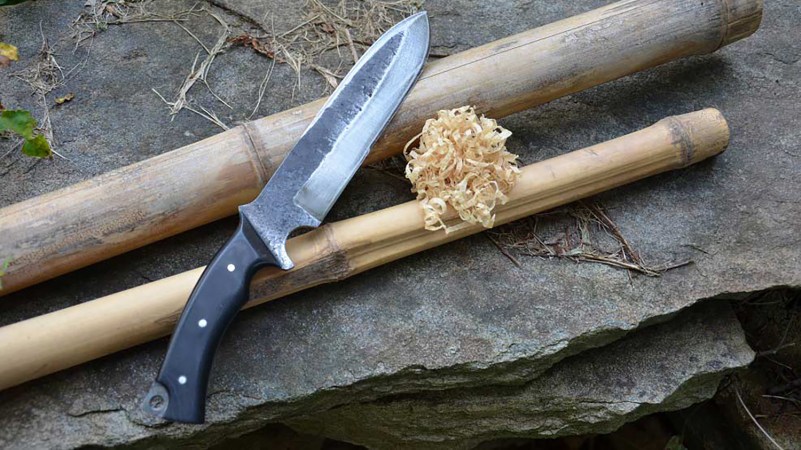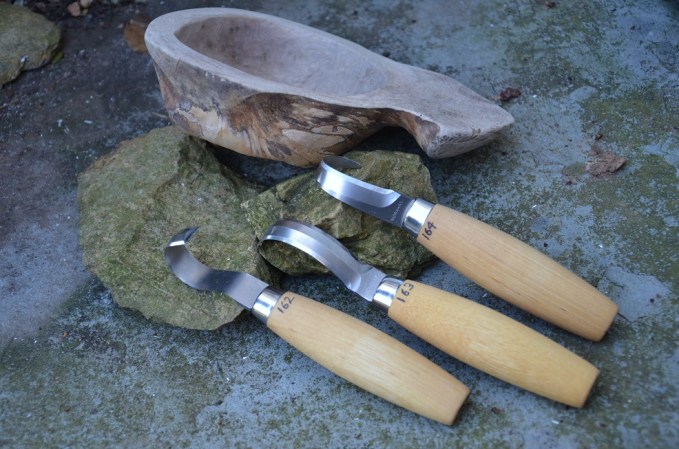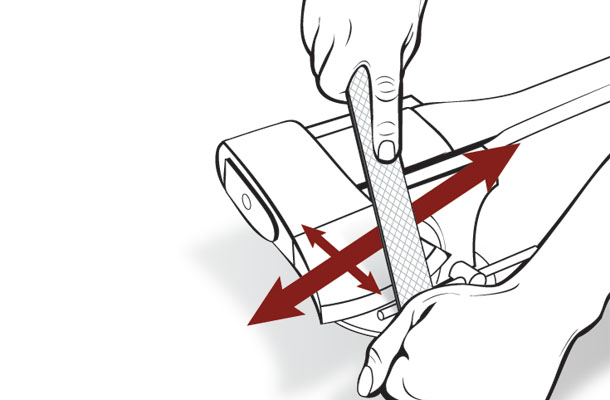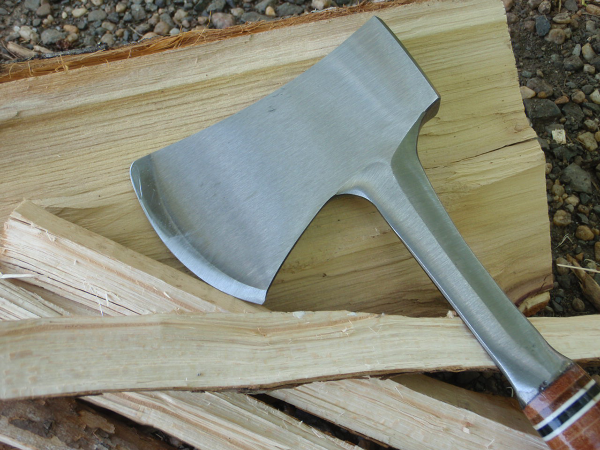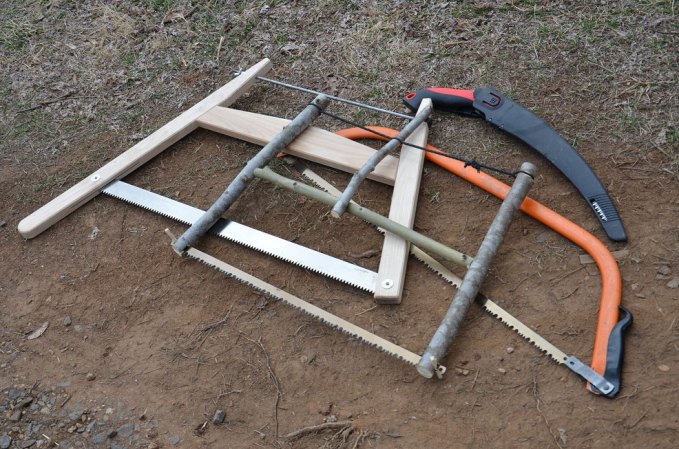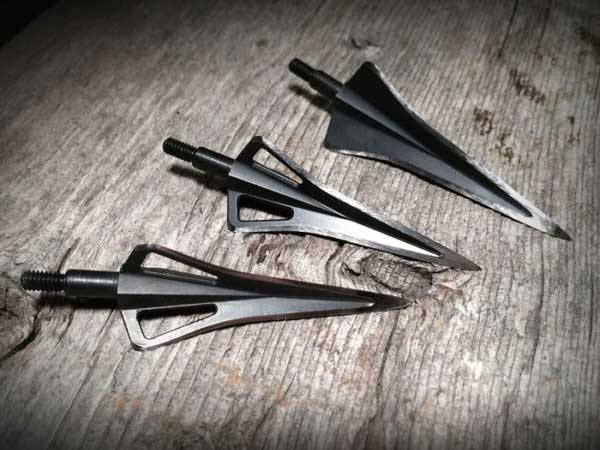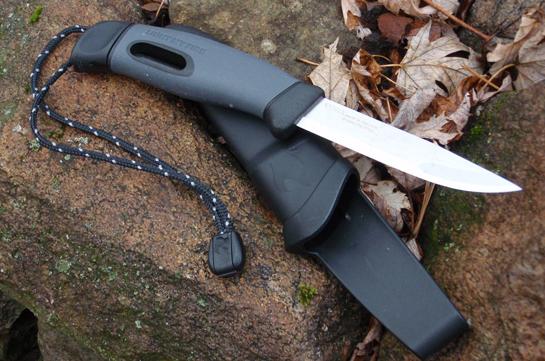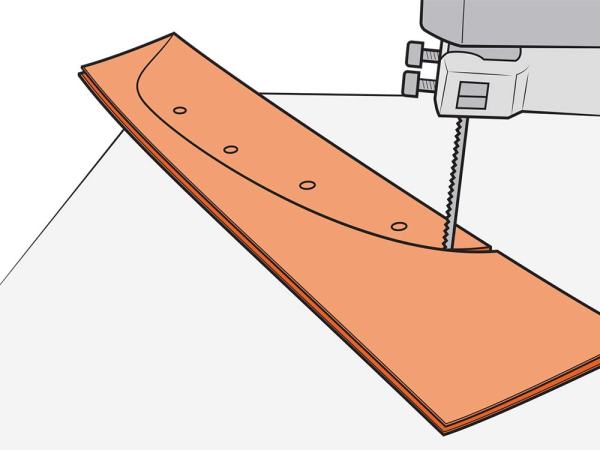We may earn revenue from the products available on this page and participate in affiliate programs. Learn More ›
I’m such an outspoken fan of replaceable-blade knives for field dressing, caping, and butchering that I’ve apparently earned a reputation as someone who doesn’t know how to sharpen a knife.
In reality, I use folders and fixed blades for much of my hunting work, and I spend so much of my time sharpening them that I’ve learned a few tricks to hone a sharper, more durable edge. Here’s a simple new way to approach an ancient task: sharpening your knife.
There are obviously many ways to skin a cat (or caribou), but I have to credit my dad for showing me this one. It works great for either your old skinner or your brand-new blade. Although good factory edges are shaving sharp right out of the box, they are generally slightly rough. With a few simple steps you can put a hard-wearing bevel on a blade and hone a dangerously sharp edge on any knife.
The first step is to paint the edge with a Sharpie or similar marker. This allows you to verify that you are honing at the right angle and getting all the way to the edge. Next, use a diamond stone with three different grits. Starting with heavy grit, I work the edge till all the marker ink is ground off. Start with the knife at a very flat angle and gently bring it across the the course grit (it doesn’t take much pressure). You will be able to see where the marker is being worn off at the top of the bevel. Gradually rotate the blade to a steeper angle and repeat until you can see that you are taking ink off the whole bevel, all the way out to the edge.
Getting the blade sharpened all the way to the edge is key. The marker ink allows you to verify that you are doing that. Once you have the initial edge, it’s then a matter of honing it down. After taking all of the ink off, you’ll have your edge established. Then, gently work the blade with finer grit in the same fashion to begin polishing out that edge.
Your blade will now be very sharp, but with one last step, it will be deadly. Using a leather strop to finish the blade is no secret (cardboard works great, too), but the key is to add a little grit with any number of diamond sprays. These sprays have diamond particles suspended in the liquid. When sprayed on a leather strop, the particles help to smooth out the edge better than just leather. Be careful to keep the same angle that you built up with the diamond stone and make sure you don’t roll the edge of the blade over on the leather. You’ll find that with a little stropping, you will very quickly have a blade that is about as sharp as you can get.

